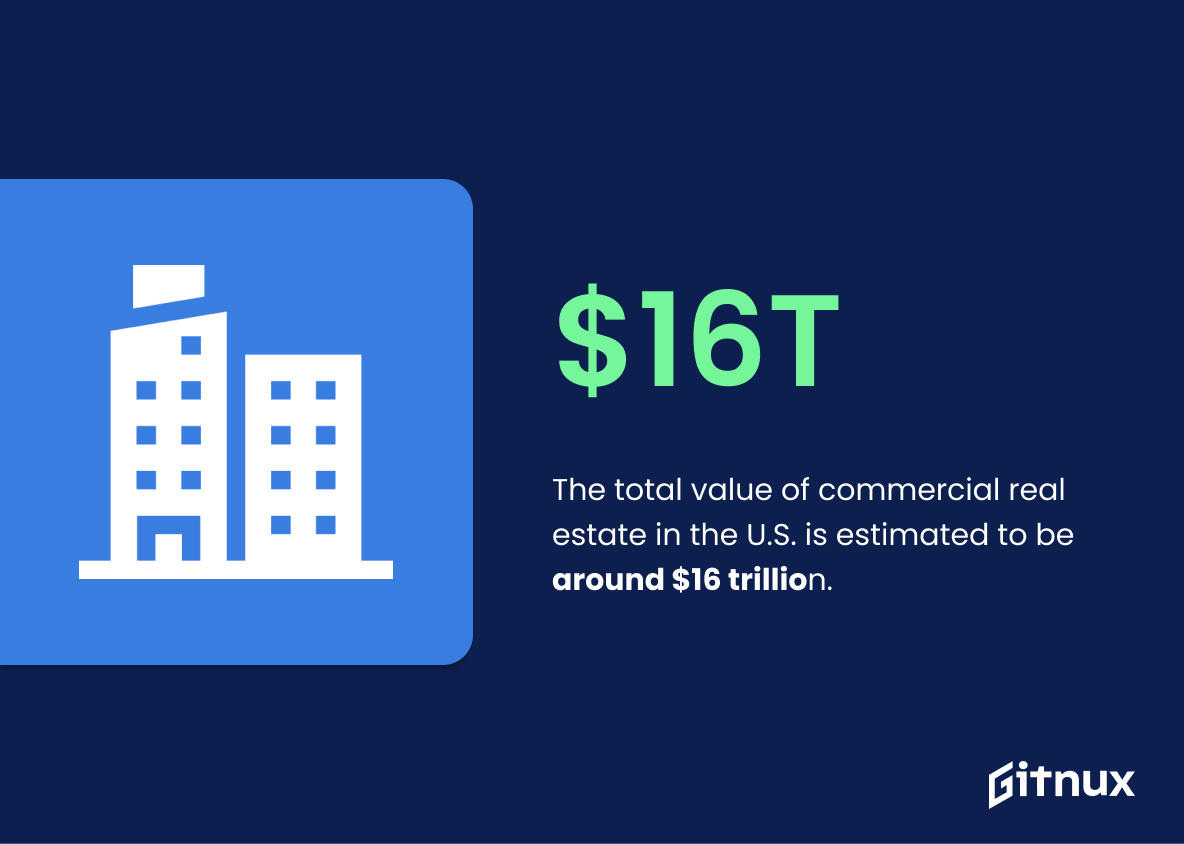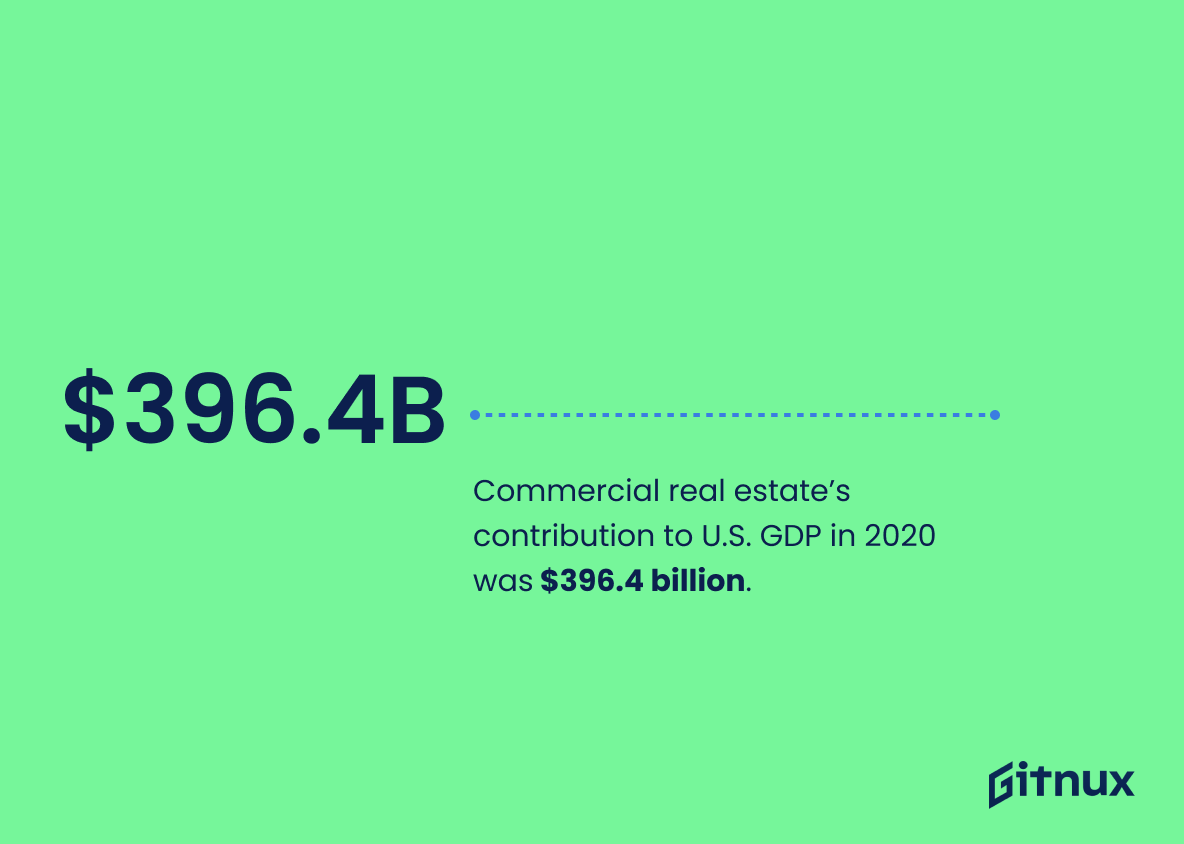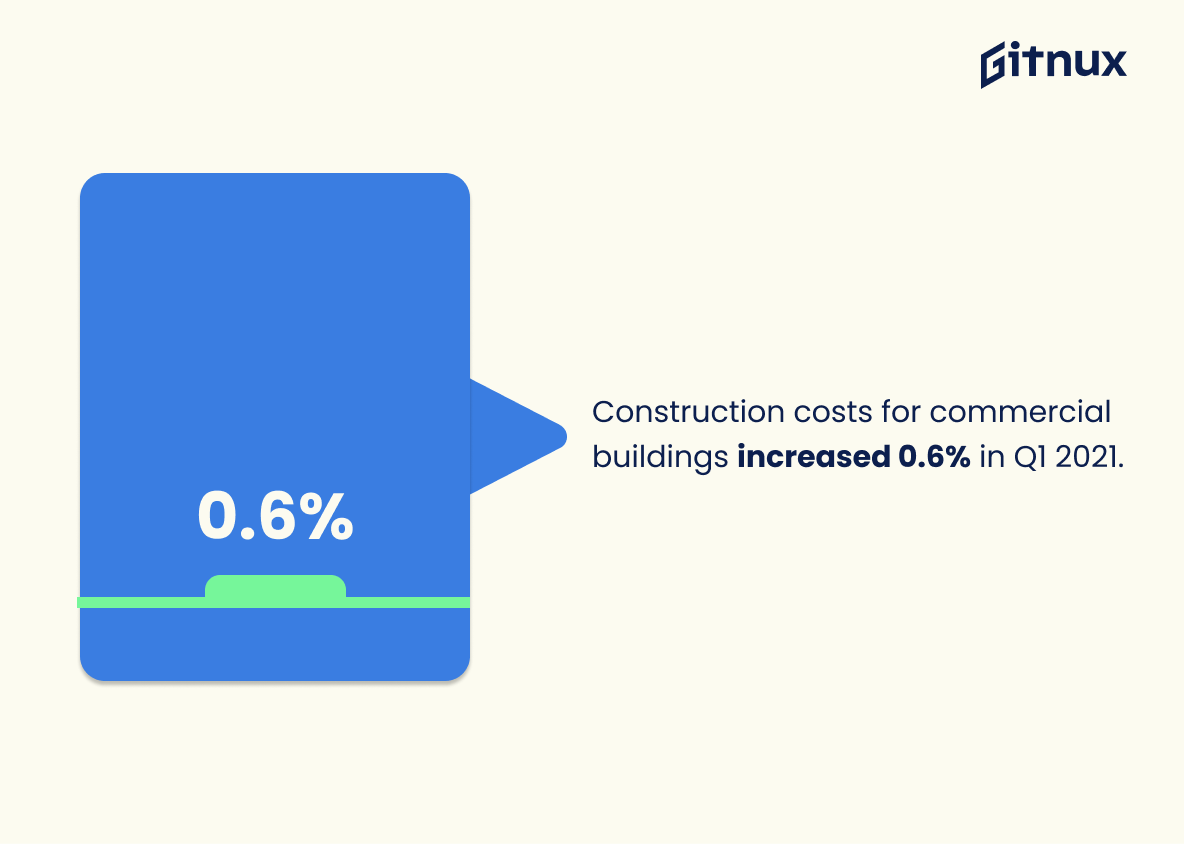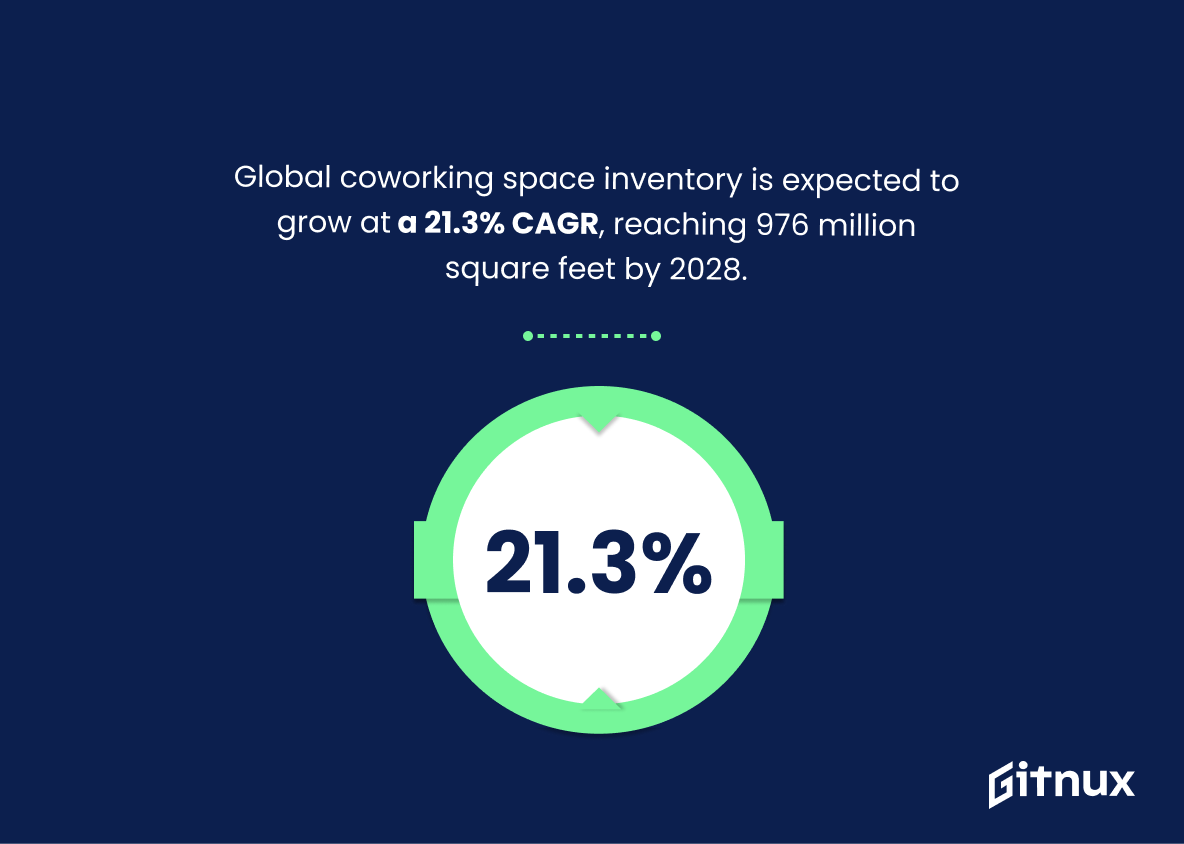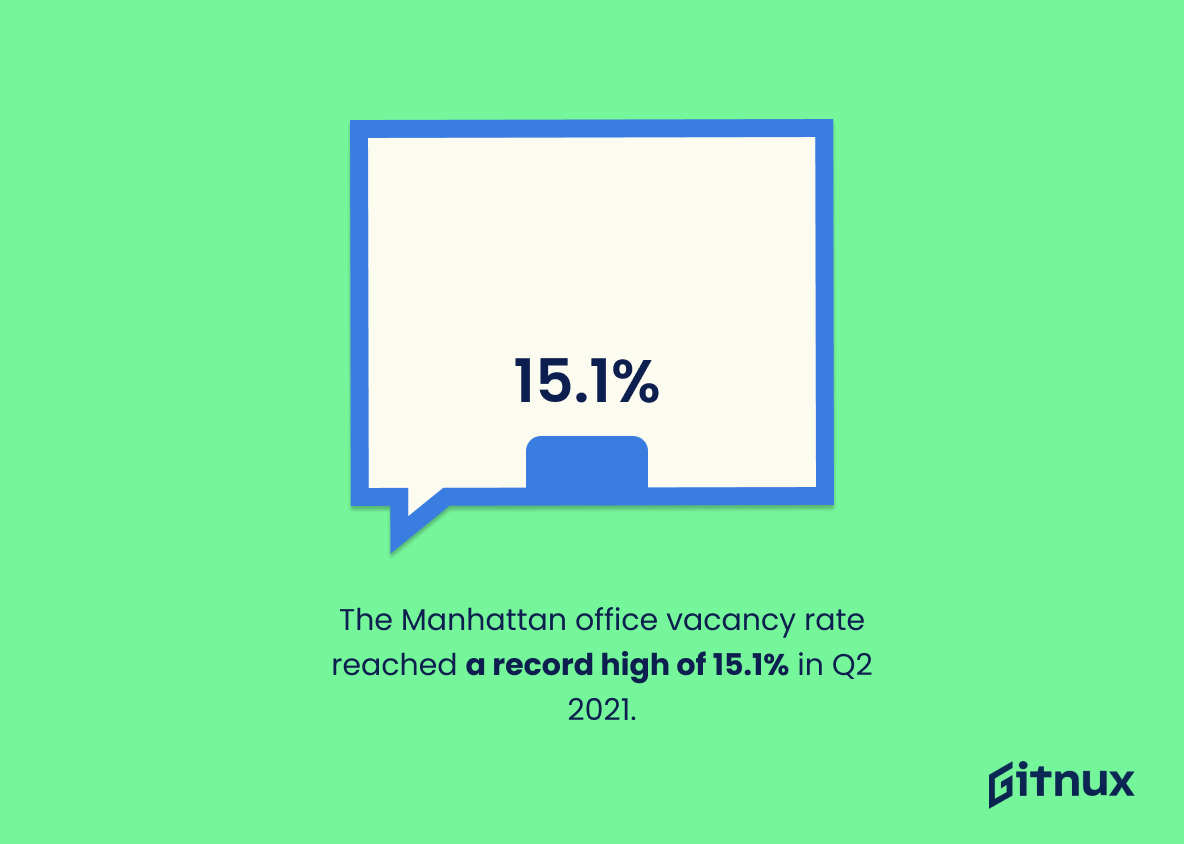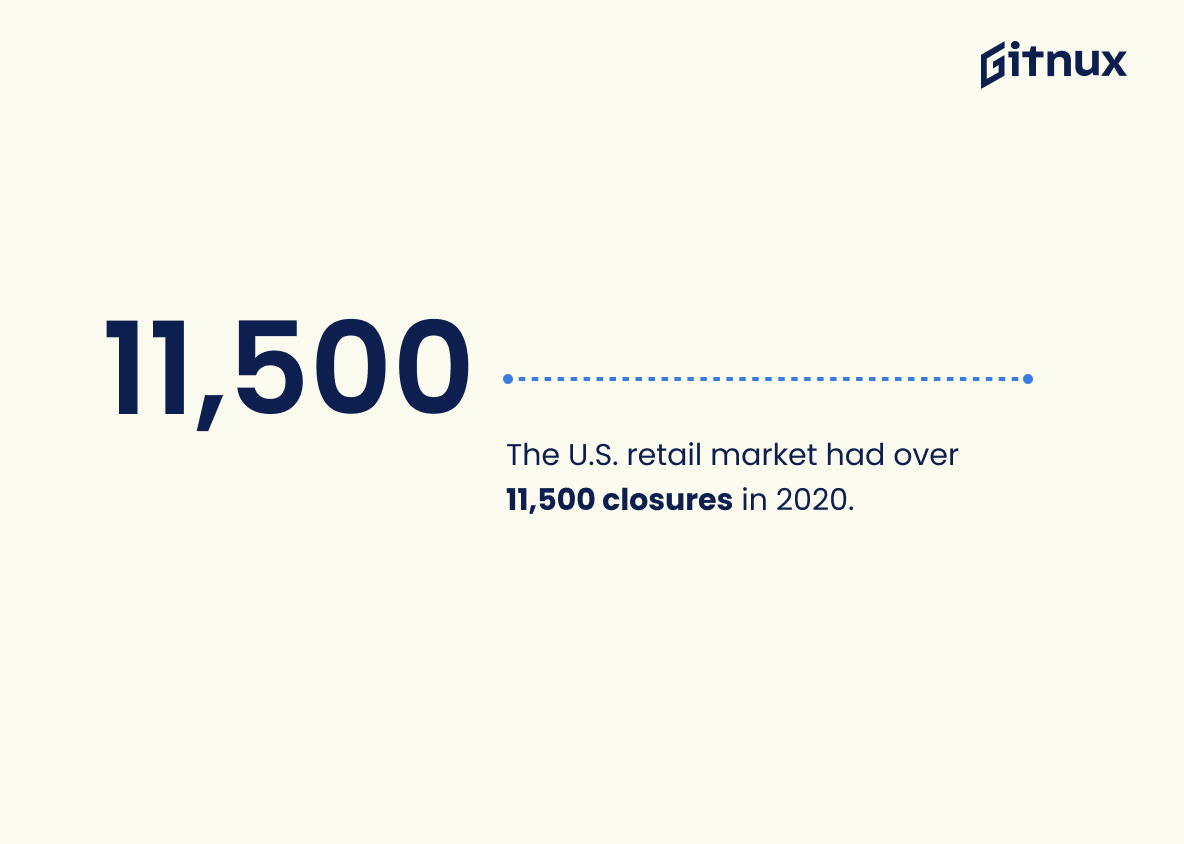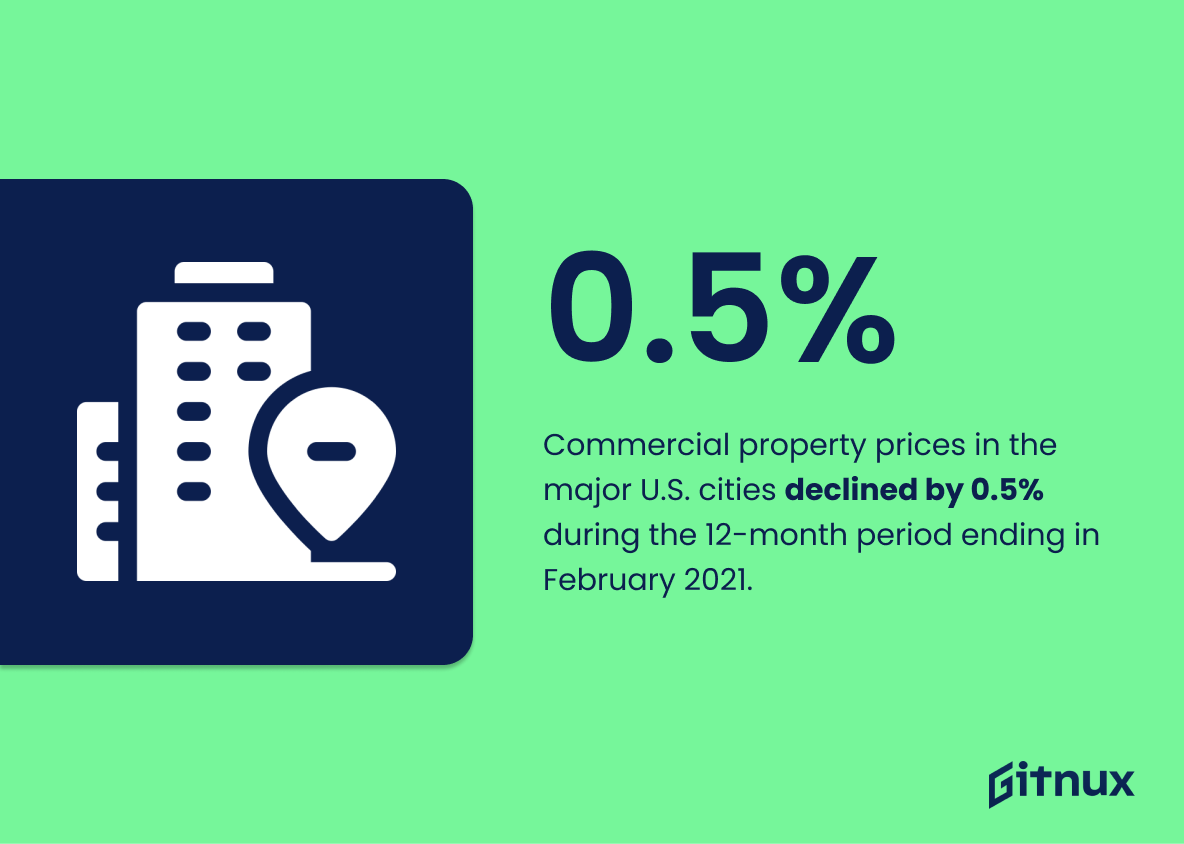As the U.S. economy continues to recover from the pandemic, commercial real estate is an important sector to watch for investors and business owners alike. In this blog post, we will explore some of the latest statistics on office vacancies, property sales, construction costs and more in order to gain a better understanding of how this market has been impacted by recent events. We’ll also look at trends that are likely to shape the future of commercial real estate in 2021 and beyond.
This statistic is a stark reminder of the impact of the pandemic on the commercial real estate market. It highlights the fact that office vacancies have reached their highest level in over 25 years, indicating a significant shift in the way businesses are operating. This statistic is a key indicator of the current state of the commercial real estate market and provides valuable insight into the future of the industry.
Commercial property sales in the U.S. were down 32% for the first three quarters of 2020 compared to 2019.
This statistic is a stark reminder of the impact the pandemic has had on the commercial real estate market. It highlights the significant decline in sales activity over the first three quarters of 2020 compared to the same period in 2019, indicating a sharp decrease in demand for commercial properties. This data serves as a warning to investors and developers to be cautious when considering commercial real estate investments in the current market.
Commercial Real Estate Statistics Overview
The total value of commercial real estate in the U.S. is estimated to be around $16 trillion.
This statistic is a testament to the immense size and scope of the commercial real estate market in the United States. It serves as a reminder of the sheer magnitude of the industry and the potential opportunities it presents for investors. It also highlights the importance of staying informed about the latest commercial real estate statistics in order to make informed decisions.
Retail rental rates fell by 1.6% in Q3 2020, with an expected declination of 11% in 2021.
This statistic is a telling sign of the current state of the commercial real estate market. With rental rates dropping by 1.6% in Q3 2020 and an expected decline of 11% in 2021, it is clear that the market is in a state of flux. This data provides insight into the current trends in the commercial real estate market and can help inform decisions about investments and other business strategies.
Commercial real estate’s contribution to U.S. GDP in 2020 was $396.4 billion.
This statistic is a testament to the immense economic impact of commercial real estate in the United States. It highlights the importance of this sector in driving economic growth and providing jobs for millions of people. It also serves as a reminder of the potential of commercial real estate to continue to be a major contributor to the U.S. economy in the future.
Construction costs for commercial buildings increased 0.6% in Q1 2021.
This statistic is a telling indication of the current state of the commercial real estate market. It shows that construction costs are on the rise, which could be a sign of increased demand for commercial buildings. This could be a sign of a healthy market, as businesses are investing in new construction projects. It could also be a sign of an overheated market, as businesses are willing to pay more for construction projects. Either way, this statistic is an important indicator of the current state of the commercial real estate market.
Global coworking space inventory is expected to grow at a 21.3% CAGR, reaching 976 million square feet by 2028.
This statistic is a telling indicator of the future of commercial real estate. With a projected 21.3% CAGR, it is clear that coworking spaces are becoming increasingly popular and are likely to become a major player in the commercial real estate market. This means that investors and developers should be aware of the potential for coworking spaces to become a major part of their portfolios in the coming years.
The average asking rent for U.S. office space in urban areas was $38.84 per square foot in Q2 2021.
This statistic is a key indicator of the current state of the commercial real estate market in urban areas. It provides insight into the average cost of office space, which can be used to inform decisions about leasing or investing in commercial real estate. Additionally, it can be used to compare the cost of office space in different cities and regions, helping to identify potential opportunities for businesses.
The Manhattan office vacancy rate reached a record high of 15.1% in Q2 2021.
This statistic is a stark reminder of the impact of the pandemic on the commercial real estate market. The record high vacancy rate of 15.1% in Q2 2021 is a clear indication of the economic downturn that has been felt across the country. This statistic is a testament to the need for businesses to adjust their strategies and operations in order to remain competitive in the current market.
The U.S. retail market had over 11,500 closures in 2020.
This statistic is a stark reminder of the impact of the pandemic on the retail market in the U.S. It highlights the need for commercial real estate owners to be aware of the changing landscape and to be prepared to adjust their strategies accordingly. It also serves as a warning to potential investors that the retail market is not immune to the effects of the pandemic and that they should be cautious when considering investments in this sector.
Multifamily rental properties reached an all-time high in Q3 2020, with nearly 373,000 units under construction.
This statistic is a testament to the strength of the multifamily rental market in Q3 2020. It shows that despite the economic uncertainty caused by the pandemic, the demand for multifamily rental properties remains strong. This is a positive sign for the commercial real estate industry, as it indicates that investors are still willing to invest in multifamily rental properties, even in the midst of a global crisis.
58% of commercial real estate executives plan to invest more in smart building technology in 2021.
This statistic is a clear indication that commercial real estate executives are recognizing the value of smart building technology and are willing to invest in it. This shows that the industry is embracing the potential of technology to improve efficiency, reduce costs, and increase the value of their properties. It also suggests that the industry is looking to the future and is willing to invest in the latest technology to stay competitive. This statistic is a sign of the times and a testament to the importance of smart building technology in the commercial real estate industry.
Commercial property prices in the major U.S. cities declined by 0.5% during the 12-month period ending in February 2021.
This statistic is a telling indication of the current state of commercial real estate in the major U.S. cities. It shows that despite the economic recovery from the pandemic, commercial property prices have not yet returned to pre-pandemic levels. This is an important insight for anyone interested in the commercial real estate market, as it provides a snapshot of the current market conditions and can help inform decisions about investments and other activities.
Conclusion
In conclusion, the commercial real estate market in the U.S. is facing a number of challenges due to the pandemic and economic downturn, including rising office vacancies, declining sales volumes and rental rates, as well as increasing construction costs. However, there are also signs of growth in certain sectors such as industrial properties and coworking spaces that could help drive recovery over time. It’s important for investors to stay up-to-date on current trends so they can make informed decisions about their investments in this ever-changing landscape.
References
0. – https://www.mortenson.com
1. – https://www.moodysanalytics.com
2. – https://www.reonomy.com
3. – https://www.globenewswire.com
4. – https://www.statista.com
5. – https://www.rebusinessonline.com
6. – https://www.yardimatrix.com
7. – https://www.pwc.com
8. – https://www.us.jll.com
9. – https://www.naiop.org
10. – https://www.thestorefront.com
11. – https://www.emerald.com
12. – https://www.reuters.com
